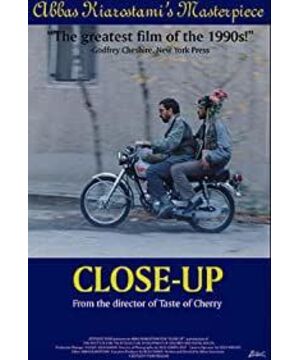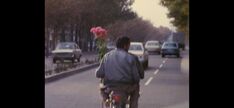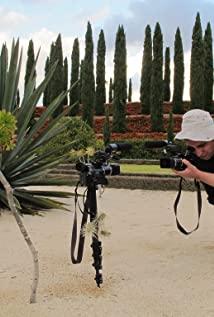Based on true events, the film tells the story of an unemployed young man, Sabqian, in pursuit of his movie dream, who calls himself a famous director Mak Marbaf from an upper-class Iranian family, uses his trust to borrow money from him and tries to shoot a movie at their home , was eventually arrested and tried in court. The "close-up" shot in the film is aimed at Sabucian, and the opposite end of the panorama provides a panoramic view of the entire court session. This design reflects Abbas's consistent concern for the complexity of events and human nature, as well as his concern for the underlying society and people.
What is unique about this film is that it subverts traditional (non-)fictional narrative forms: the film is a "semi-documentary" and every frame inspires the audience with the filmmakers, actors, film authenticity, inspiration Thinking about the relationship among other factors. In the film, Abbas not only integrated the real court scene materials, but also scripted the arrest of Sabqian, the interaction with the family, and part of the trial process. The right amount of scripting not only gives the film a real texture, but also allows Abbas, as a director, to have more freedom to control the rhythm of the film and the emotions of the audience. At the same time, Abbas did not hide himself from the screen, but constantly emphasized his ability as a director to design, edit, and manipulate shots through voice-over, so that the audience's viewing process is no longer passive acceptance, but Active thinking and even questioning.
View more about Close-Up reviews








